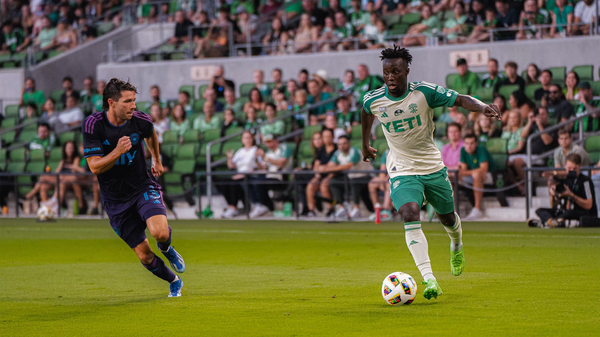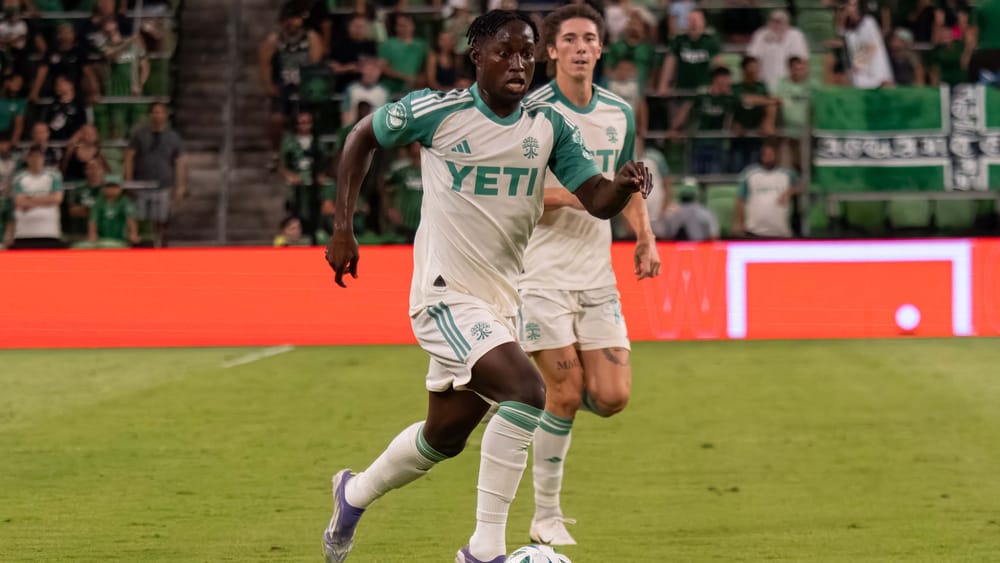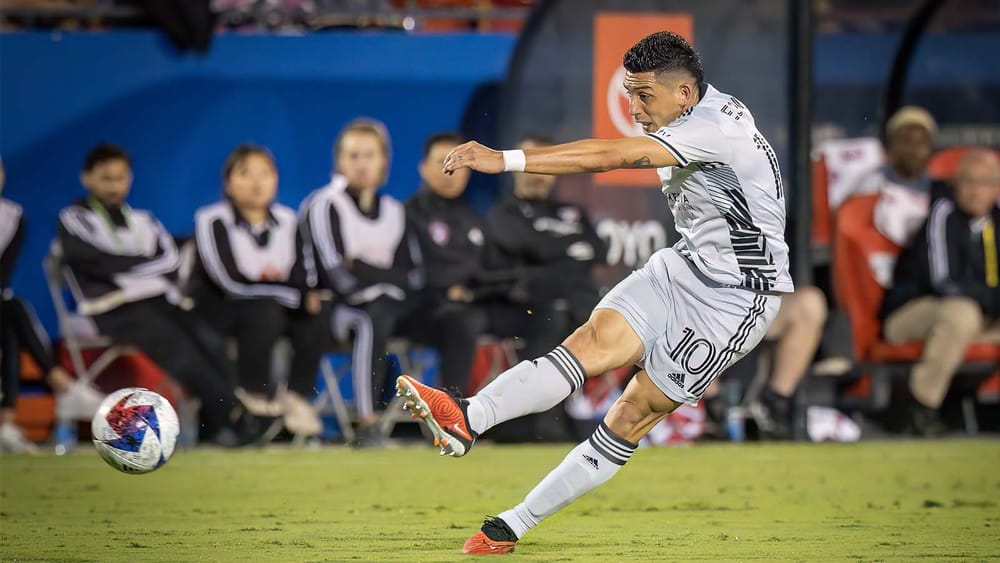Leagues Cup won’t be in full swing for another six months, but it’s not too early to think about the second-most important trophy in U.S. Soccer, right?
We can’t really talk about the tournament between all 47 teams in Liga MX plus MLS — elevated from its exhibition/curiosity status last year in what turned out to be a highly entertaining few weeks — without wondering about the future of MLS’s participation in U.S. Open Cup.
There’s currently a game of chicken happening between the league and the federation over what will come of Open Cup. A number of MLS stakeholders are concerned about the schedule congestion that comes with the 34-match MLS regular season, the Open Cup, Concacaf Champions Cup (for those teams qualified, that is), and Leagues Cup — by far the newest kid on the block.
As you know by now, MLS’s solution is to keep its first-team players out of Open Cup. U.S. Soccer’s having none of that. Stay tuned to see how that one turns out later this year.

But regardless of your feelings about whether Leagues Cup will or should supplant Open Cup in the MLS priority order, last year’s tournament brought a lot of joyful moments full of Concacaf chaos, plus an over-the-top final between Inter Miami CF and Nashville SC.
The champion of this year’s tournament, as well as the second and third place finishers, will qualify for the 2025 Concacaf Champions Cup and the opportunity to earn a spot in the FIFA Club World Cup. Plus, the winners get to try to hoist an unwieldy 22-pound trophy after the match!
The reveal of the 15 three-team groups on Wednesday brought with it some new competition wrinkles. Before we get into my three initial reactions, let’s get into what’s the same and what’s different.
Here’s what’s similar to last year
It’s still 15 three-team groups in the group stage, with the MLS and Liga MX champs (that’s the Columbus Crew and Club América) joining each group’s first and second-place teams to create a 32-team knockout pool. From there, the teams play to divide the pool by two: 32 to 16, 16 to eight, and so on until we have a final.
We still get ties broken by a PK shootout in the group matches, giving the PK-winning team two points in the standings vs. three for an outright win and one for a tie-the-match/lose-the-shootout combo.
Austin FC will face two teams from Liga MX again this year, though as we’ll get to in a moment, it’s going to be a lot different than it was in 2023. And harder. And maybe not even in Austin.
And it’s still taking place over a single continuous month in the hottest part of summer while the league hits the pause button on itself, from July 26 to Aug. 25.
Here’s what’s different
Rather than four different regional pods and a March Madness-style bracket to make sense of, we currently have no set bracket (at least a public one), and two big groups — a West group that Austin’s part of, and an East group.
There’s a new seeding system to determine which team’s in what group, and it’s a little nebulous as to how that all got selected, except to say that each group has a Tier 1, a Tier 2, and a Tier 3 team, though it’s not quite the 1-23-45, 2-24-44, 3-22-43 style dividing I might have expected.
To Vancouver’s chagrin, the Whitecaps somehow ended up in a group with LAFC once again. They’ve played each other a lot over the past year. And last time they were together on a field, Whitecaps head coach Vanni Sartini lost his damn mind (in one of the most over-the-top sendoffs I can remember).
Though it looks like all the matches will still be in the U.S. and Canada, certain select Liga MX teams will operate from a “hub” city throughout various stages of the tournament. Club América will get to be the home team at a yet-to-be-determined city through the semifinals. Chivas will host at the same somewhere for its group matches and then its Round of 32 match (positive-assumptive they make it), and Tigres will “host” both its group stage matches at a U.S. location. CF Monterrey similarly gets hosting privileges somewhere in the U.S. through the Round of 16.
Wait, what?
I’m seeking clarification on this from the league, because this is a little weird and unchartered territory, plus you’re about to care quite a bit about where one of these teams will host. All the Leagues Cup site says right now is “LIGA MX clubs with hub privileges will play at venues to be announced alongside the Leagues Cup 2024 schedule and bracket at a later date.”
I did find out from an MLS rep that “Liga MX hubs are selected by the Leagues Cup Organizing Committee” and that “the decision comes from the Leagues Cup Organizing Committee that is comprised of Liga MX, MLS, and Leagues Cup executives.” But that’s as far as I got.
I believe that means that teams are limited to Apple TV-ready stadiums, but I don’t know if that’s limited to MLS stadia, or if venues like the Cotton Bowl or Rose Bowl are in play, and whether Leagues Cup would base two groups in DFW and three in Los Angeles. Could San Diego’s Snapdragon Stadium be a home base for a team? Would San Antonio’s Alamodome get involved?
Now, to the three initial thoughts I have, starting with Austin’s draw.







